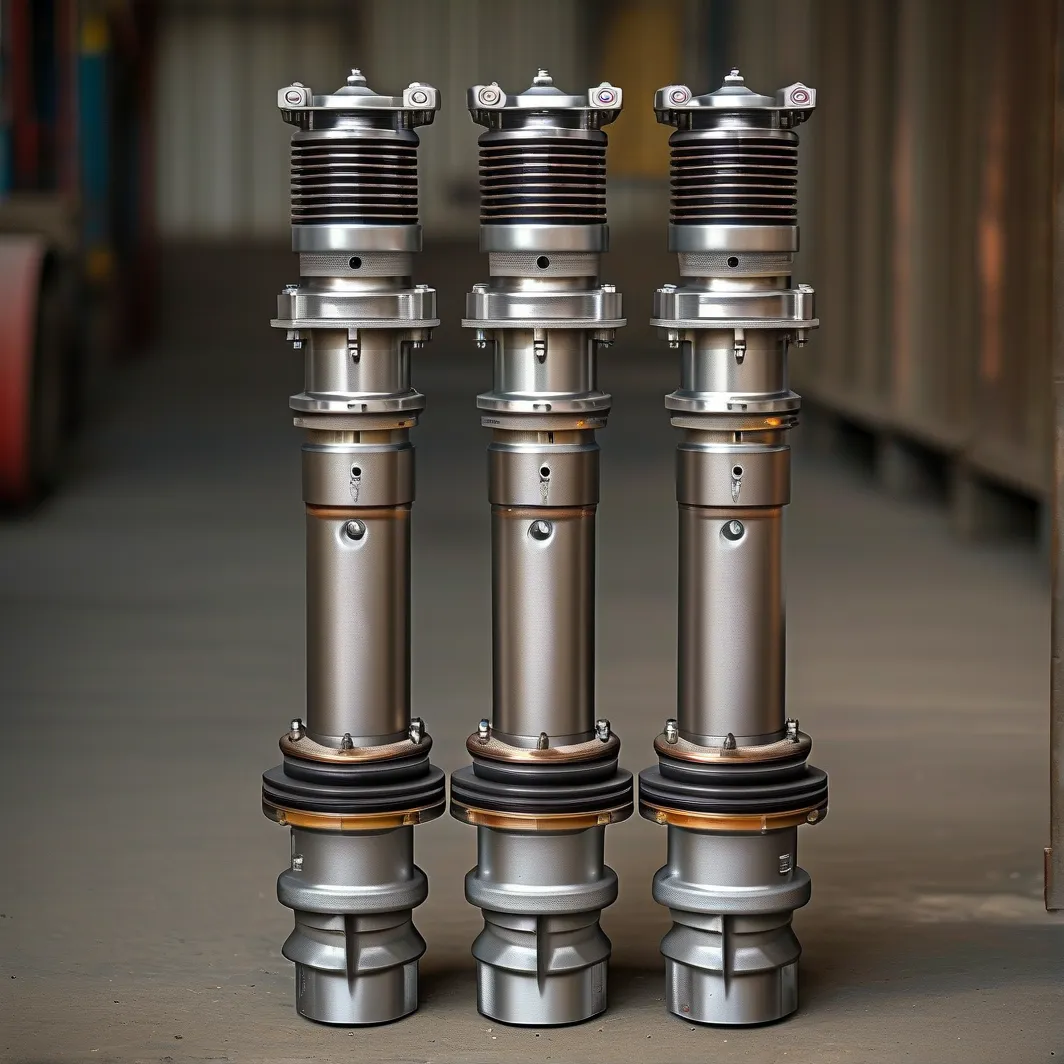Riding an ATV isn’t just about conquering trails—it’s about optimizing performance. The exhaust system plays a pivotal role in unlocking horsepower, refining sound, and ensuring long-term durability. Whether you’re a weekend warrior or a competitive rider, upgrading your ATV’s exhaust requires strategic choices backed by engineering principles and real-world testing.
Material Matters: Choosing the Right Exhaust Construction
Stainless steel remains the gold standard for ATV exhaust systems due to its corrosion resistance and thermal stability. A 2022 study by the Society of Automotive Engineers (SAE) found that 304-grade stainless steel pipes withstand temperatures up to 1,600°F while maintaining structural integrity—a critical factor for high-performance engines. Aluminum-coated options offer lighter weight but sacrifice longevity in muddy or salt-heavy environments. For riders prioritizing durability over weight savings, titanium alloys provide an elite middle ground, though at a premium cost.
Flow Dynamics: Maximizing Scavenging Efficiency
Exhaust diameter directly impacts backpressure and power curves. Smaller-diameter pipes (1.25″–1.5″) boost low-end torque for technical trails, while larger setups (2″+) favor top-end speed on open terrain. The University of Michigan’s Motorsports Engineering Program emphasizes the importance of tuned header lengths: matching pipe dimensions to engine displacement can improve scavenging by 12–18%, effectively “pulling” exhaust gases out faster during valve overlap periods.
Sound Control Without Sacrificing Performance
Decibel levels aren’t just about noise—they reflect energy management. Perforated core mufflers with ceramic packing reduce sound waves by 8–10 dB compared to straight pipes while maintaining flow rates. Leading manufacturers like HMF Racing and Yoshimura use CNC-formed baffles to create frequency-specific cancellation patterns. For riders needing trail-legal setups (under 96 dB in most states), look for USDA-approved spark arrestors integrated with sound-dampening tech.
Heat Management Strategies
Excessive radiant heat robs power and risks component damage. Double-wall construction creates an insulating air gap that lowers surface temps by 200–300°F compared to single-wall designs. Thermal wraps remain controversial—while they reduce underhood heat, improper application traps moisture against metal surfaces. Ceramic coatings (e.g., Jet-Hot’s 2500°F-rated finish) provide better corrosion protection and maintain consistent gas velocities by minimizing temperature drop along the pipe.
Maintenance Protocols for Extended Lifespan
Mud accumulation accelerates corrosion at weld joints. A quarterly inspection routine should include:
– Ultrasonic thickness testing on critical bends
– pH-neutral cleaner application to remove acidic residues
– Re-torquing mounting brackets to OEM specs (typically 18–22 ft-lbs)
Manufacturers like FMF Racing now integrate sacrificial anodes in slip joints—replace these zinc components annually in coastal or high-humidity regions.
Case Study: Yamaha YFZ450R Dyno Results
Independent tests by Dirt Wheels Magazine compared three aftermarket systems:
1. Stock exhaust: 44.1 HP / 72 dB
2. Slip-on upgrade: +3.2 HP (+7.3%) / 89 dB
3. Full system with tuned header: +6.8 HP (+15.4%) / 94 dB
The full system added measurable mid-range torque (12% increase at 6,500 RPM), proving that holistic design changes outperform bolt-on modifications.
Smart exhaust upgrades demand balancing acoustics, power gains, and material science. Riders who prioritize verified data over marketing claims—cross-referencing dyno charts with construction quality—achieve measurable performance improvements without compromising reliability. Always consult local noise ordinances and racing regulations before finalizing modifications, as requirements vary by terrain type and competition class.




Leave a Reply